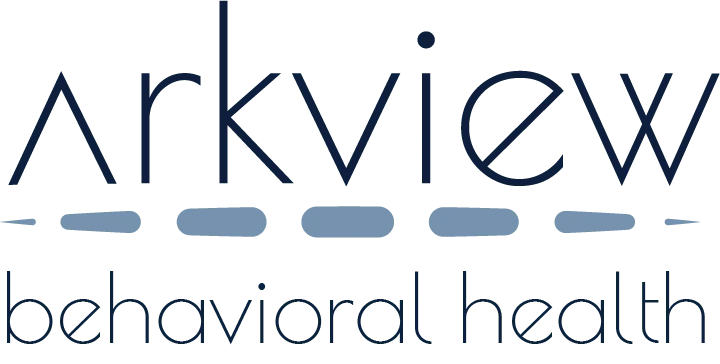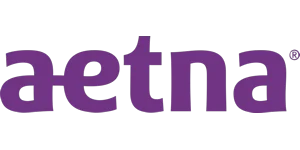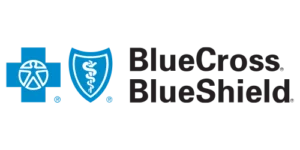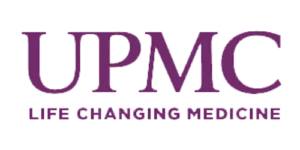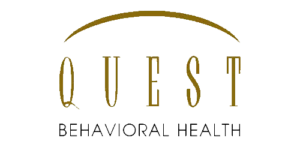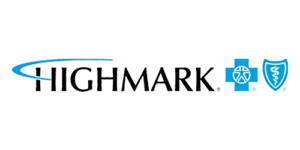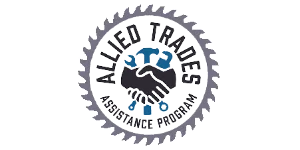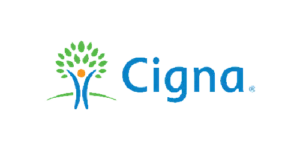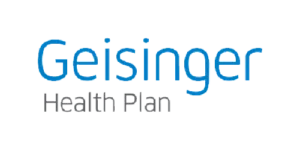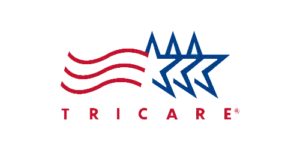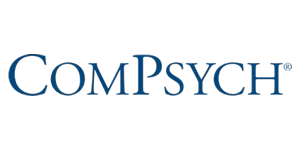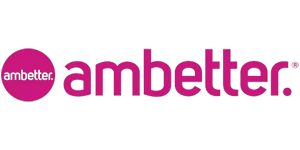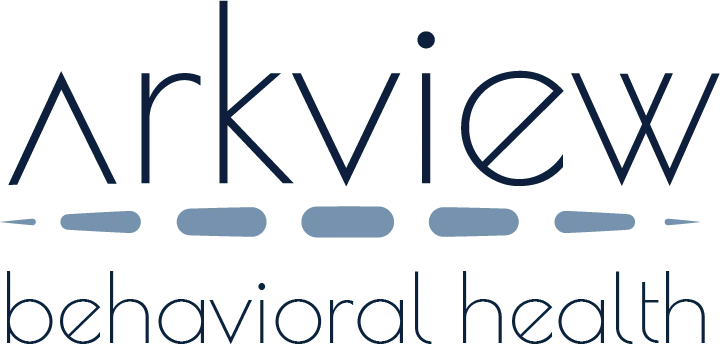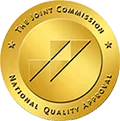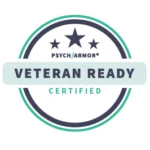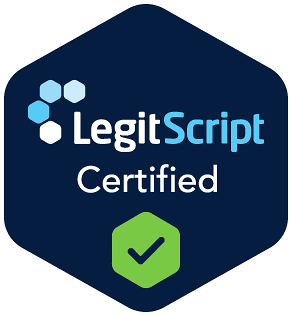Among various therapeutic modalities, the Matrix Model of addiction treatment stands out as a structured and highly effective program. It offers a roadmap to recovery through a blend of behavioral therapies, education, and support. This article explores the principles, goals, benefits, history, and effectiveness of the Matrix Model, shedding light on how it empowers individuals to break free from the cycle of addiction and build a foundation for lasting sobriety.
Arkview Center incorporates this evidence-based approach, equipping individuals with the tools and support they need to achieve and maintain recovery.

The Matrix Model is a structured outpatient program designed to treat individuals with stimulant addiction, particularly methamphetamine and cocaine dependence. This comprehensive, evidence-based approach integrates a variety of therapeutic techniques, including cognitive behavioral therapy (CBT), contingency management, motivational interviewing, and relapse prevention, into a cohesive and intensive treatment framework.
Originally developed to address stimulant addiction, the Matrix Model’s principles and structure have proven effective for treating other substance use disorders as well. It offers a highly organized and supportive environment where individuals can learn to identify and manage triggers, build essential coping skills, and establish a drug-free lifestyle.
The program emphasizes early engagement in treatment, with a focus on promoting long-term abstinence and reducing the risk of relapse. By integrating various therapeutic methods, the Matrix Model provides a structured pathway for individuals to achieve lasting recovery and a healthier, drug-free life.
How Does the Matrix Model Work?
Here’s an overview of how each component works:
Individual therapy sessions focus on addressing personal issues related to addiction. This includes identifying triggers, developing coping strategies, and working through co-occurring mental health conditions. Cognitive Behavioral Therapy (CBT) techniques help clients recognize and change negative thought patterns and behaviors contributing to substance use.
Group therapy sessions provide a supportive environment where individuals share their experiences and learn from others in recovery. Topics often include relapse prevention strategies, stress management, communication skills, and building a healthy lifestyle.
These workshops offer valuable information about addiction, including its effects on the brain and body, withdrawal symptoms, craving management, and aftercare planning. Clients gain a deeper understanding of the neurobiological aspects of addiction and the recovery process.
A core focus of the Matrix Model is relapse prevention. Clients work to develop personalized plans by identifying triggers and warning signs, and learning strategies to avoid high-risk situations. Role-playing and skills practice reinforce these strategies to help clients stay on track.
In some programs, the Matrix Model incorporates Contingency Management, an incentive-based system. Clients earn rewards for meeting specific goals, such as attending sessions, staying drug-free, and actively engaging in the program. This system can serve as a powerful motivator, particularly in the early stages of recovery.
The Matrix Model emphasizes the importance of family support in the recovery process. Family members may participate in educational sessions and family therapy to learn about addiction and develop strategies to support their loved one’s recovery journey.
Although the Matrix Model is not a 12-step program, it often encourages clients to engage in 12-step support groups, such as Alcoholics Anonymous or Narcotics Anonymous. These groups provide ongoing support and a sense of community beyond the formal treatment setting.
What Are the Goals and Benefits of the Matrix Model?
The Matrix Model’s structured, evidence-based approach—combined with a strong emphasis on relapse prevention—significantly reduces substance use. Clients learn to manage cravings, avoid high-risk situations, and sustain long-term abstinence by developing a deep understanding of their addiction triggers.
By addressing co-occurring mental health issues, such as depression or anxiety, and teaching valuable coping strategies, the Matrix Model helps improve mood, reduce stress, and promote overall psychological well-being. This holistic focus on mental health allows individuals to manage emotions more effectively and regain emotional balance.
The program encourages individuals to rebuild and strengthen their relationships, improve communication skills, and cultivate a healthy support network. This focus on social connection helps individuals re-engage with their communities, repair fractured relationships, and maintain meaningful connections with family and peers.
As individuals progress in their recovery, they develop a stronger sense of self-worth and confidence in their ability to manage challenges. The program empowers individuals to recognize their achievements, boosting their self-esteem and reinforcing their belief in their ability to maintain sobriety and overcome obstacles.
One of the most significant advantages of the Matrix Model is its emphasis on relapse prevention. Clients create personalized relapse prevention plans, learn to recognize warning signs and practice the skills needed to navigate difficult situations. This proactive approach equips individuals with the tools and strategies to minimize the risk of relapse and maintain their recovery journey.
The benefits of abstaining from drugs are vast, leading to significant improvements in physical health. As individuals remain drug-free, they often experience better sleep, improved nutrition, enhanced energy levels, and a reduced risk of chronic health complications. Recovery also opens the door to a more active lifestyle, contributing to overall physical wellness.
What is the History of the Matrix Model?
Since it was first developed, the Matrix Model has been widely researched and proven to be effective in treating stimulant addiction. It quickly gained recognition for its structured, comprehensive approach to treatment, helping individuals make lasting changes. Over time, the model’s success led to its implementation in various treatment centers and addiction programs across the United States and internationally.
Not only has the Matrix Model been shown to be effective for stimulant addiction, but it has also been adapted for use with other substance use disorders, further expanding its reach. As addiction treatment science continues to evolve, the Matrix Model has been updated to include new therapeutic techniques, allowing it to better meet the needs of individuals in recovery. This ongoing growth has solidified its place as an important and adaptable treatment method in the field of addiction recovery.
What Are the Recent Statistics of the Matrix Model?
The Matrix Model’s success has led to its growing recognition as a proven treatment tool. It is effective for stimulant addiction and other substance use disorders. Its flexibility and ability to adapt to different treatment settings show its broad acceptance in addiction recovery.

What Is the Effectiveness of the Matrix Model?
However, like any treatment approach, the Matrix Model is not a “magic bullet.” Individual commitment and active participation are essential for achieving positive outcomes. Furthermore, the effectiveness of the Matrix Model, like any treatment, can be influenced by various factors, including the severity of the addiction, co-occurring mental health disorders, and the individual’s social support network

Arkview Offers the Matrix Model in Mechanicsburg, PA
If you or someone you know struggles with addiction, contact us to learn how the Matrix Model can help. Our team is here to guide you on your recovery path and answer your questions. We believe recovery is possible and are committed to supporting you in achieving it.
